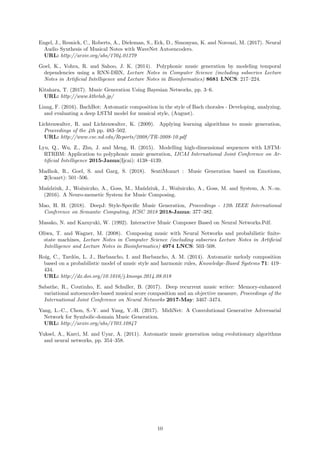The document discusses developing a model to compose monophonic world music using deep learning techniques. It proposes using a bi-axial recurrent neural network with one axis representing time and the other representing musical notes. The network will be trained on a dataset of MIDI files describing pitch, timing, and velocity of notes. It will also incorporate information from music theory on scales, chords, and other elements extracted from sheet music files. The goal is to generate unique musical sequences while adhering to music theory rules. The model aims to address the problem of composing long durations of background music for public spaces in an automated way.









